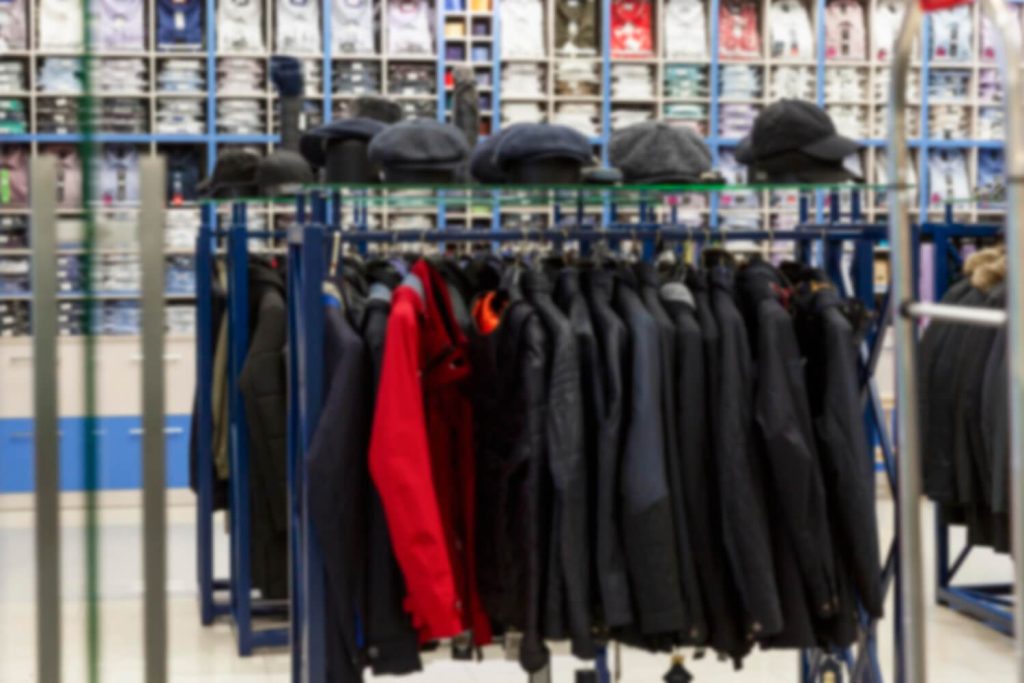Bangladesh is a small, densely populated country located in South Asia. Despite its size, it has emerged as a major player in the global garment industry, outpacing many of its competitors in terms of production and exports. In recent years, Bangladesh’s garment industry has grown at an astonishing pace, becoming one of the largest suppliers of clothing to major markets around the world, including the United States, Europe, and Asia.
The rise of Bangladesh’s garment industry can be traced back to the 1980s, when the country first started to develop its light manufacturing sector. At the time, Bangladesh’s economy was heavily dependent on agriculture, and the government was looking for ways to diversify its sources of income. Garment production proved to be a natural fit, as the country had a large, low-cost labor force and a favorable geographic location that allowed for quick and easy access to major markets in Europe and Asia.
Over the years, Bangladesh’s garment industry has continued to grow and evolve, adapting to the changing demands of the global market. Today, the country is a leading producer of a wide range of clothing items, from basic T-shirts and jeans to high-end fashion garments. It is also a major exporter of clothing, with more than 80% of its total garment exports going to major markets in Europe, the United States, and Asia.
So, what has driven the success of Bangladesh’s garment industry? There are several factors that have contributed to its rapid growth. Firstly, the country has a large, low-cost labor force that is highly skilled in sewing and other garment-making skills. This has allowed Bangladesh to offer competitive prices on its clothing, which has made it an attractive choice for buyers around the world.
Another factor that has contributed to the success of Bangladesh’s garment industry is its favorable trade policies and agreements with major markets. Bangladesh has signed a number of free trade agreements with countries in Europe, Asia, and the Americas, which have helped to lower barriers to trade and increase access to new markets. These agreements have also helped to create a more favorable business environment for Bangladeshi garment producers, allowing them to grow and expand their operations.
Finally, the rise of Bangladesh’s garment industry can also be attributed to the support of international organizations and NGOs. These organizations have provided training, resources, and technical assistance to help Bangladeshi garment producers improve their operations, increase their competitiveness, and meet the demands of the global market.
In conclusion, the rise of Bangladesh’s garment industry has been nothing short of remarkable. Over the past several decades, the country has transformed itself from a small, agricultural economy into a major player in the global garment industry. With a large, low-cost labor force, favorable trade policies, and the support of international organizations, Bangladesh is poised to continue its growth and success in the years to come.










 Total views : 147859
Total views : 147859